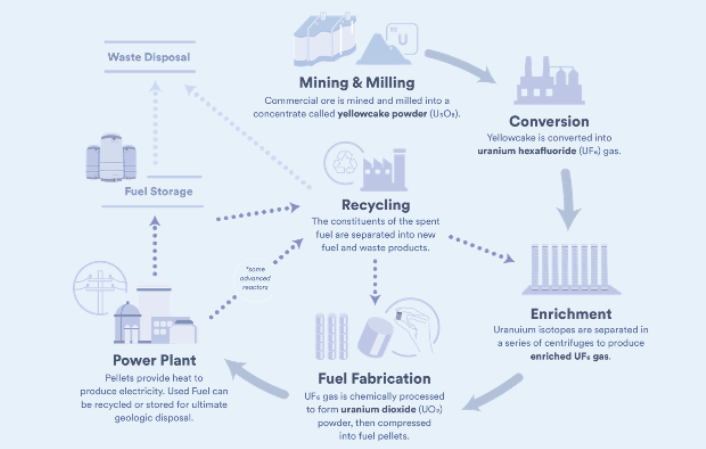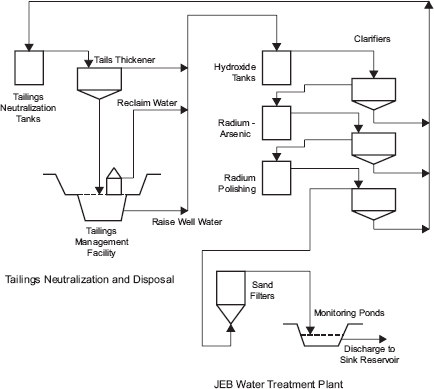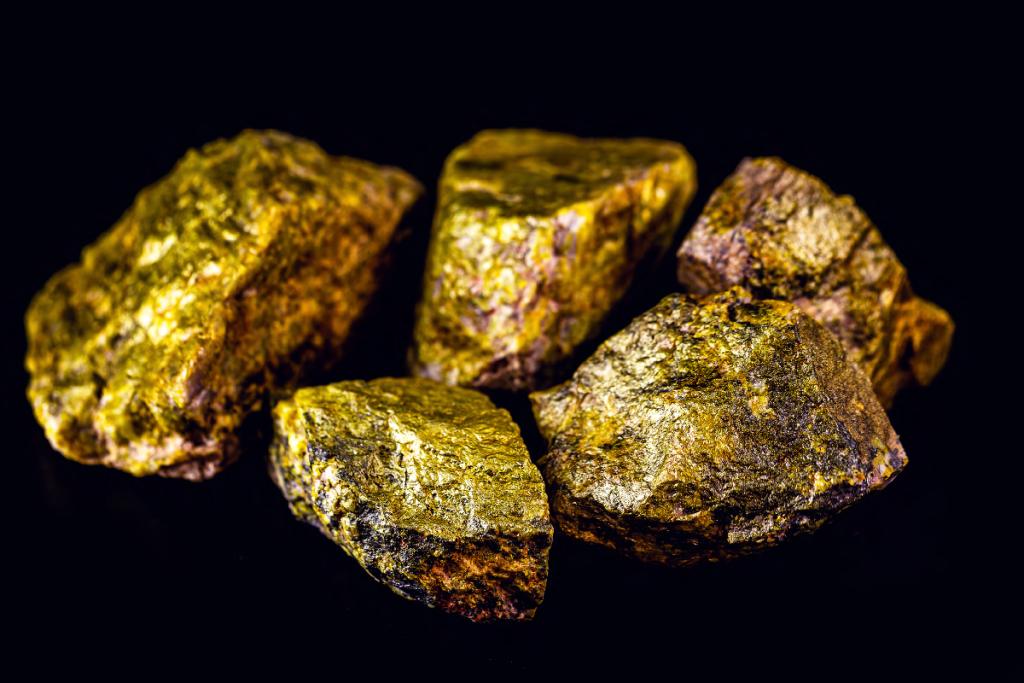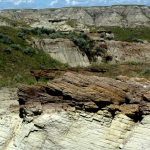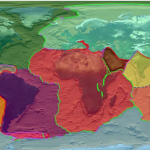The Role of Geologic Time in Rock Formation

Geologic time is an important basis of how rocks form, shaping the features of the rocks that comprise the Earth’s crust.
Geologists can figure out the story hidden in rocks by figuring out the geological time that the rocks were formed.
This helps them understand the forces that have shaped the planet this long, as well as the interesting past and predict its future.
Come along with us @Zik Natural Resources, let us explore how Geologic time has had a huge effect on the formation of rocks.
The Importance Of Geologic Time In Geology
In the big play of Earth’s geological history, time sets the stage for changing events that shape the very basis of our world. Every moment leaves its mark on the rocks as they slowly change form.
- Tectonic Activity:
The constant moving of tectonic plates is at the heart of how dynamic the Earth is. Over millions of years, these huge pieces of crust move and hit each other, creating mountain ranges, ocean channels and sea beds, and earthquakes. Tectonic plates move over time, gradually changing the layout of countries and leaving behind geological features, that show what natural forces are at work.
- Erosion
Along with tectonic action, wind, water, and ice shape the land in a beautiful ballet called erosion. The ravines are carved by rivers, valleys are smoothed by glaciers, and high sandstone mountains are shaped by wind. Over time, these erosional forces break down mountains and expose the rock layers below, giving a glimpse into Earth’s very early history.
- Rock formation
Rocks are formed over very long periods from magma, slowly turning into crystals to sediment. This process records Earth’s geological past.
Subscribing to www.zikresources.com gives you a refreshing experience of valuable content
The Impact of Geological Time On Rock Traits
As it shapes the rocks that make up the Earth’s crust, time is both a designer and a writer in the field of geology.
- A Slow Change in the Types of Rock:
Geologic time is very important for understanding how rock types form and change over time. The making of rocks takes a very long time, from magma, deep inside the Earth’s crust turning into crystals to sedimentary layers being packed down and stuck together. Rocks change over time because of weathering, erosion, and metamorphism. These changes affect rocks’ texture, mineral composition, and structural features, which can help us to figure out how the rocks were formed.
- Geologic Time and Rock Texture:
Geologic time helped form the texture of rocks in the most obvious ways by changing the way rocks look. Rocks that cool quickly, like volcanic rocks, usually have a fine-grained texture. On the other hand, rocks that cooled slowly below the Earth’s surface, like intrusive igneous rocks, usually have a coarse-grained texture. The appearance of rocks can be smooth and glassy or rough and crystalline, depending on how long they are under pressure and high temperatures.
Subscribe to www.zikresources.com for amazing and interesting content.
Geologic Time As An Important Tool For Rock Records
Geologists use an amazing instrument called geologic time to figure out what the layers of rocks are trying to tell them.
- Rock Records; store knowledge by showing us images of past climates, environments, and living things. Geologists can figure out what happened to the land in the past and how it was formed by looking at the layers of ancient rocks.
- Figuring out the Code: Geologists use a range of methods to figure out what words are written in rock records. Radiometric dating allows scientists to figure out how old a layer of rock is by measuring how many parent and daughter isotopes it has. This enables them to put together the timeline of geological events.
- Stratigraphy: This is the study of rock layers, also called strata; it helps to understand, where rocks were formed and how geological processes shaped them. Geologists can figure out what happened millions of years ago by looking at the features of sedimentary rocks, like the size of the grains, their composition, and the way the rocks are layered.
In conclusion, geologic time tells us the big story of what happened to the Earth in the past, by leading us through the decades and periods that have shaped the planet.
Scientists can figure out the secrets of what happened in the past on the Planet, which helps us to understand how it changed over time and how it will change in the future.
Ensure to BUY a copy of “Sustainable Extractive Sector Management” from www.zikresources.com, for more detailed information on rock formation.


